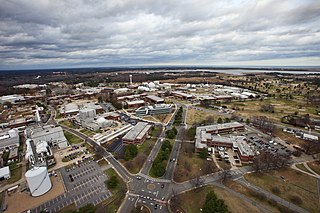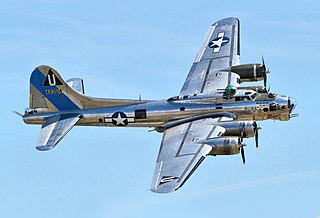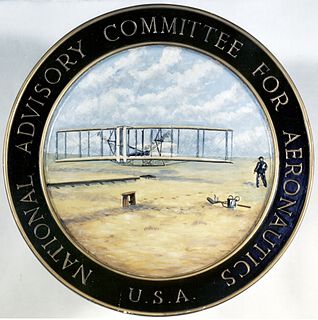
The National Advisory Committee for Aeronautics (NACA) was a U.S. federal agency founded on March 3, 1915, to undertake, promote, and institutionalize aeronautical research. On October 1, 1958, the agency was dissolved, and its assets and personnel transferred to the newly created National Aeronautics and Space Administration (NASA). NACA was an initialism, i.e. it was pronounced as discrete letters, rather than as a whole word.

Richard Travis Whitcomb was an American aeronautical engineer who was noted for his contributions to the science of aerodynamics.

A leading-edge cuff is a fixed aerodynamic wing device employed on fixed-wing aircraft to improve the stall and spin characteristics. Cuffs may be either factory-designed or an after-market add-on modification.
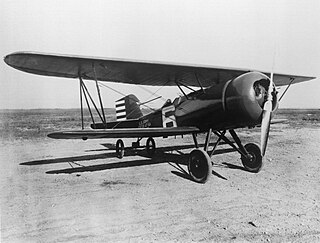
The NACA cowling is a type of aerodynamic fairing used to streamline radial engines for use on airplanes and developed by the National Advisory Committee for Aeronautics in 1927. It was a major advance in aerodynamic drag reduction, and paid for its development and installation costs many times over due to the gains in fuel efficiency that it enabled.
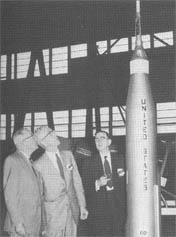
Ira H. Abbott was an American aerospace engineer. A graduate of MIT, Abbott worked for Langley Aeronautical Laboratory in 1929. He was a Director of Aeronautical and Space Research at NASA during the middle of the twentieth century and before that was employed by the National Advisory Committee for Aeronautics (NACA). Abbott supervised the X-15, supersonic transport, nuclear rocket and advanced reentry programs. He retired in 1962. As Assistant Director of NACA, Abbott was decisive in keeping Ames Research Center focused on research instead of moving into operations during the development of the proposed Orbiting Astronomical Observatory in 1960. In recognition for his "outstanding contributions" to airfoil research and his leadership, he was inducted into the first round of the NACA/NASA Hall of Fame on August 13, 2015.
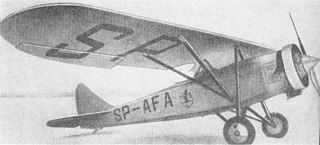
A Townend ring is a narrow-chord cowling ring fitted around the cylinders of an aircraft radial engine to reduce drag and improve cooling.

Theodore Theodorsen was a Norwegian-American theoretical aerodynamicist noted for his work at NACA and for his contributions to the study of turbulence.

The Full-Scale Tunnel was a wind tunnel at NASA's Langley Research Center. It was a National Historic Landmark.

The Variable Density Tunnel (VDT) was the second wind tunnel at the National Advisory Committee for Aeronautics (NACA) Langley Research Center. Proposed by German aerospace engineer, Max Munk in May, 1921, it was the world's first variable density wind tunnel and allowed for more accurate testing of small-scale models than could be obtained with atmospheric wind tunnels. It was actively used as a wind tunnel from 1923 until its retirement in the 1940s. Langley Research Center historian, James R. Hansen, wrote that the VDT provided results superior to the atmospheric wind tunnels used at the time and was responsible for making NACA, the precursor to NASA, "a world leader in aerodynamic research". It is now on display on the Langley grounds, near the old Reid Conference Center and is a National Historic Landmark.
Deflected slipstream is an approach to creating an aircraft that can take off and land vertically (VTOL), or at least with a very short runway (STOL). The basic principle is to deflect the slipstream from one or more propellers approximately 90 degrees, to create an upward thrust for vertical takeoff and a downward air cushion for landing. Once airborne, the flaps are retracted so the airplane can fly horizontally.
The Bristol Type 92, sometimes known as the Laboratory biplane, was an aircraft built by the Bristol Aeroplane Company to address the differences between wind tunnel cowling models and full scale cowling for radial engines and was designed as a scaled-up version of a wind tunnel model aircraft. One was built and flew in the mid-1920s.
NACA Report No. 662 - Design of NACA Cowling for Radial Air-cooled Engines was issued by the United States National Advisory Committee for Aeronautics in 1939.
As the coalition of Bay Areas counties predicted when it lobbied for the creation of Moffett Federal Airfield in the late 1920s, the base's research program and facilities catalyzed the development of numerous private technology and aerospace corporations, among them Lockheed Martin and the Hiller Aircraft Corporation.
The Virginia Tech Stability Wind Tunnel is a medium-scale wind tunnel located at Virginia Polytechnic Institute and State University in Blacksburg, Virginia. With a test section measuring 6 by 6 ft and maximum wind speeds of approximately 262.6 ft/s (80.0 m/s), it is one of the largest university-owned wind tunnels in the United States, and is used for a wide variety of research projects within the college as well as being contracted out for commercial use, especially product testing. Professor William Devenport is the current Director, and Dr. Aurelien Borgoltz is the Assistant Director.

John Stack (1906–1972) was an aerospace engineer. He won the Collier trophy, in 1947 and 1951.

Mary Winston Jackson was an African American mathematician and aerospace engineer at the National Advisory Committee for Aeronautics (NACA), which in 1958 was succeeded by the National Aeronautics and Space Administration (NASA). She worked at Langley Research Center in Hampton, Virginia, for most of her career. She started as a computer at the segregated West Area Computing division. She took advanced engineering classes and, in 1958, became NASA's first black female engineer.


